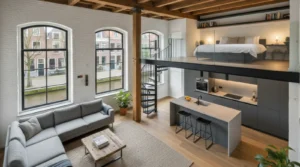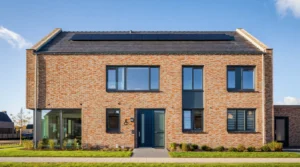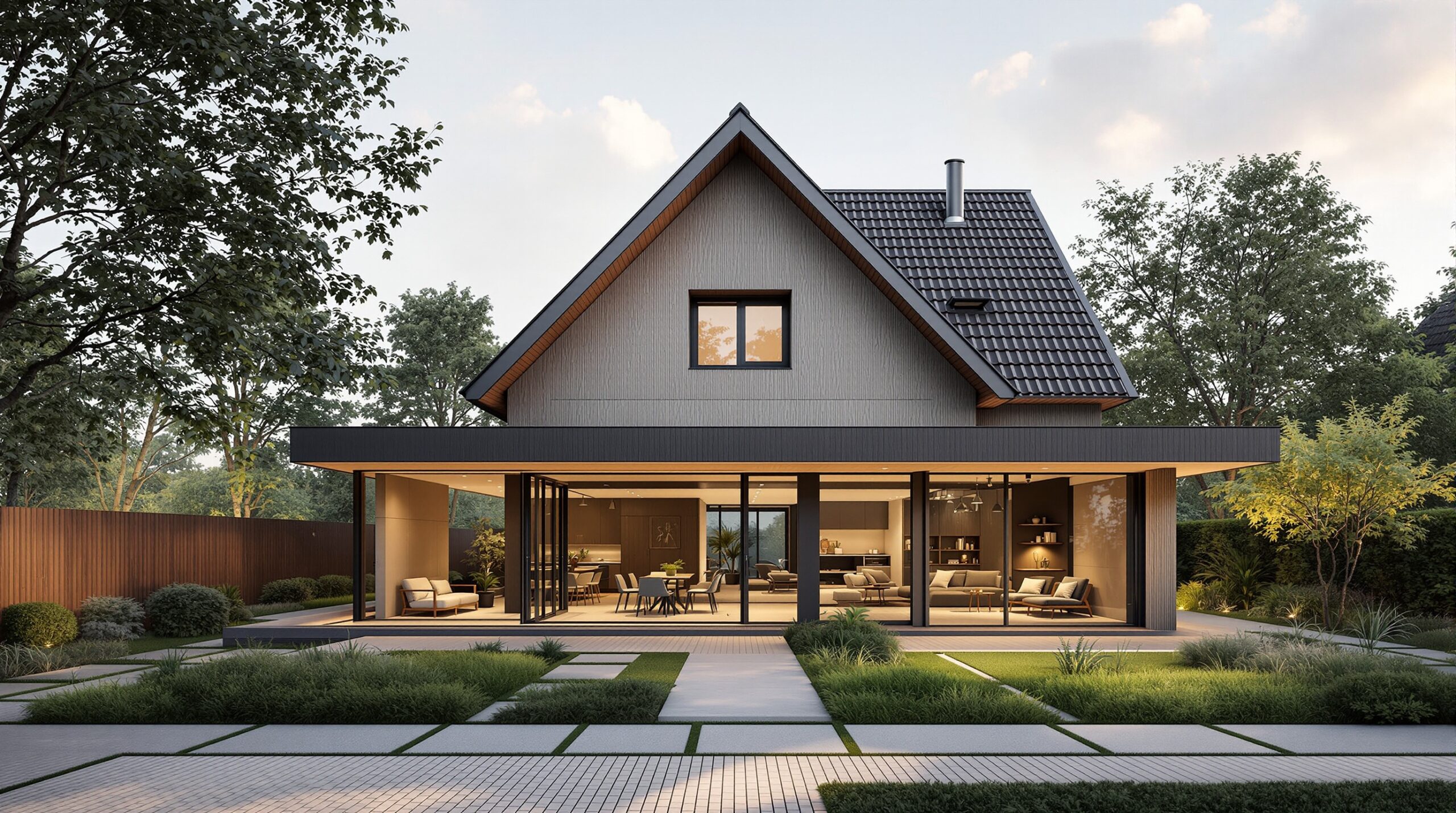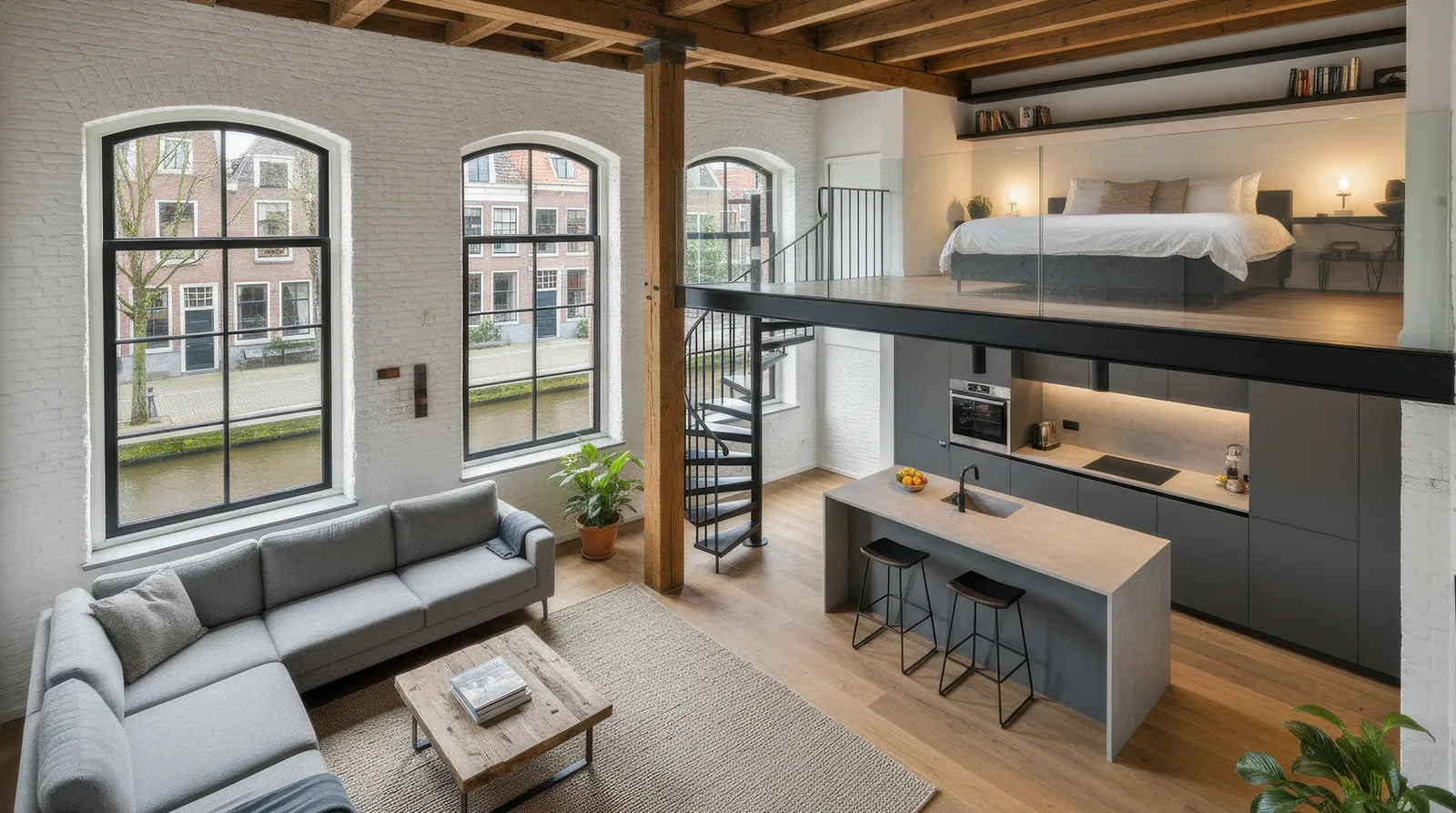The Pros and Cons of Single-Story Versus Multi-Story Additions
One of the first decisions to make when planning a home addition is whether to create single-story vs multi-story additions. Each alternative has its distinct pros and cons, affecting not just form and function but also value and code compliance. In this article, we will discuss the advantages and disadvantages of single-story vs. multi-story additions so you can select the one that will best meet your needs.
Overview of Single-Story Additions
Single-story additions are simple ground-level extensions to an existing structure, so they are a common choice for those homeowners who want greater living space without the costly complications of going up. These improvements are especially favored for their usefulness and ease of access, particularly in households with small kids, senior members, or mobility-challenged individuals.
Advantages of Single-Story Expansions:
- Accessibility. There are no stairs to climb. Access to a single-story addition is also easy, which makes it very suitable for people with mobility issues or families with toddlers.
- Straightforward Construction. In general, adding a single-story is easier compared to a multi-story addition.
- Reduced Structural Changes. A single-story addition typically requires fewer structural modifications to the existing building, reducing disruptions and the need for extensive reinforcements.
Disadvantages of Adding a Single-Story Extension
- Takes Up More Earth. A major disadvantage of this process is that it requires more land. Single-story additions spread out, not up, which means they need more room on the ground—a problem if your yard space is limited.
- Zoning Limitations. If your area has zoning restrictions, you may have limitations on how much you can horizontally expand your home.
Overview of Multi-Story Additions
Multi-story additions, by contrast, add one or more stories to the existing building, allowing maximum square footage to cater to your family’s needs while maintaining outdoor areas. This sort of addition is particularly perfect for homeowners with little whole lot dimensions or people who prefer to keep leaving the lawn open for landscape design uses, leisure use, or maybe future external responsibilities.
Pros of Multi-Story Additions
- Larger Footprint. Adding more than one story allows you to add an enormous amount of living space without including more land.
- Keeps Outdoor Space. When you build upwards, you keep your existing yard/areas. This can be especially useful if you have a small lot or want to keep outdoor living space.
- Greater Return on Investment. Multi-storey additions tend to have a higher return on investment (ROI).
Cons of Multi-Story Additions
- Higher Costs. Building up is typically a more costly project, given the complexity of building a multi-story addition.
- Possible Structural Additions. Adding a story typically requires reinforcing the existing structure to accommodate the extra weight. This can involve significant changes and raise the overall project costs.
- Longer Timelines. Due to their complexity and other structural work, multi-story additions typically take longer to finalize than single-story expansions.
Tips on Deciding Between Single-Story and Multi-Story Additions
Deciding between single-story vs multi-story additions can be a tricky process. There are several things to consider to ensure that your home and lifestyle can support your choice.
- Budget: Your budget is one of the most important factors. Because the building process is easier, single-story additions are often less expensive to put up.
- Space and Land Availability: A single-story extension is usually a simple solution if you have plenty of land.
- Family Requirements: Think about the requirements of your family today and tomorrow. A likely type of add-on for families with young kids or an aging family is single-tale move-ons.
- Future Plans: Consider your plans for the property going forward. If you plan to sell your home soon, a multi-story addition could return a larger portion of your spending since it typically adds more square footage than a single-story addition.
Property Value Impact
Single-story vs multi-story additions can both add incredible value to your property, but the type of addition will impact its value depending on several factors.
Single-Story Additions
Purchasers hoping for more available and low-maintenance options can be drawn to single-story additions. These extras are particularly desirable in areas with larger lot sizes and where the outdoors are less of a factor.
Multi-Story Additions
Multi-story additions generally offer a higher return on investment because they add more usable living space without reducing the lot size. Gardeners can use them to increase land production, so they are valuable in urban areas or new neighborhoods with fewer parcels, as yard space is not consumed.
Balancing these aspects should offer you a clearer choice that complements your financial objectives, family requirements, and long-term outlook. To read more about the details, visit our house extensions service.
Building Codes and Permits
No matter which type of addition you opt for, it is important to know the building codes and necessary permits in your area. These regulations will help to ensure that your addition meets local safety standards and zoning requirements.
- Know Local Regulations: Read up on your location’s particular building codes and zoning laws.
- Following Establishing Permits: Before starting to build, you must obtain it from your local development authority.
- Hire Professionals: If you’re unfamiliar with local building codes or the permitting process, you might want to hire experienced professionals (such as architects and contractors) who can assist you. Such people can guide you through the details of your project, ensuring that you comply with pertinent legal requirements.
Read how to find the best professional services, CBS Renovation.
Conclusion
Ultimately, the decision between adding a single-story vs multi-story additions depends on many factors, including your budget, available space, family needs, and long-term intentions. Each option has its pros and cons that can affect the utility of your home and/or its value:
- One-Story Additions: Great for accessibility and simplicity, but need more land and take away from yard space.
- Vertical Add-On: More square footage, less space eaten up in the yard, but also potentially higher costs and longer build times
Researching the impact of property values, local building codes, and permit requirements will help ensure a smooth and successful addition project. Considering the pros and cons of single-story additions and the pros and cons of multi-story additions against your individual requirements will enable you to make the right choice for your new living space as well as your financial investment.










